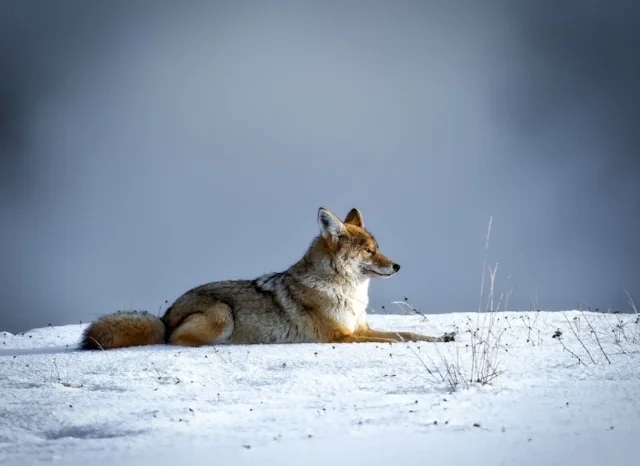Although tree damage caused by high winds can negatively impact wildlife that use standing trees for feeding, perching, denning, resting, or foraging, fallen trees will provide excellent wildlife habitat as decaying logs, as well.
Fallen trees in the woods may look like a "mess" to clean up, but as long as they are not posing a hazard or blocking important access, it is best to leave the trees where they have fallen.
Water for Wildlife - Birdbath Basics & More
Carnivore Coexistence (Leopold's Wise Words - Part 1)
Carnivores are critically important to the balance of an ecosystem. They keep prey populations in check, ensuring that rodents, deer, rabbits, and other herbivores don’t overpopulate. When predators are absent or their numbers greatly reduced, herbivores can dominate a natural community, leading to a decline in the abundance and diversity of plants, which means fewer flowers for pollinators (also keystone species), and so on.
Dead and Dying Trees are Key to Life
A Top Threat to Biodiversity: Invasive Plants
Plants are the basis for terrestrial habitats that support our wildlife. To conserve wildlife, we must first conserve native plants. Non-native plants don't serve a functional ecological role in our landscapes and have minimal wildlife value, in general. In fact, invasive non-native plants negatively impact wildlife habitat in a variety of ways, some of which we are just now beginning to understand.






